
Barahona: The Untouched Gem of the Dominican Republic
Discover Barahona, the untouched gem of the Dominican Republic, where pristine beaches, lush mountains, and rich biodiversity await the adventurous traveler.
Nestled in the southwestern coast of the Dominican Republic, Barahona is a paradise for nature lovers and adventure seekers. This hidden gem offers pristine beaches, lush mountains, and a rich biodiversity that few other places can match. Unlike the more frequented tourist spots, Barahona remains largely untouched, giving visitors a chance to experience the Dominican Republic in its most authentic form. The town of Barahona serves as a gateway to the region's many natural wonders. From here, you can easily access the stunning Bahia de las Aguilas, a secluded beach known for its crystal-clear waters and white sands. For those who love hiking, the Sierra de Bahoruco National Park offers trails that weave through dense forests and up to breathtaking viewpoints. Additionally, the nearby Lago Enriquillo, the largest lake in the Caribbean, is home to a variety of wildlife including American crocodiles and flamingos. Barahona is also a haven for those interested in local culture and history. The town itself has a quaint charm, with colorful buildings and a vibrant local market where you can sample fresh tropical fruits and local delicacies. The region is known for its coffee and larimar, a rare blue gemstone found only in the Dominican Republic. Visiting local farms and mines can provide a unique insight into these traditional industries.
Local tips in Barahona
- Visit Bahia de las Aguilas early in the morning to avoid crowds and enjoy the serene beauty of the beach.
- Pack comfortable hiking shoes for exploring the trails in Sierra de Bahoruco National Park.
- Bring binoculars for bird-watching at Lago Enriquillo, especially to spot flamingos.
- Sample the local coffee and consider buying some to take home; Barahona is famous for its high-quality beans.
- Don’t forget to visit a larimar shop or mine to see this unique blue gemstone up close.
Barahona: The Untouched Gem of the Dominican Republic
Nestled in the southwestern coast of the Dominican Republic, Barahona is a paradise for nature lovers and adventure seekers. This hidden gem offers pristine beaches, lush mountains, and a rich biodiversity that few other places can match. Unlike the more frequented tourist spots, Barahona remains largely untouched, giving visitors a chance to experience the Dominican Republic in its most authentic form. The town of Barahona serves as a gateway to the region's many natural wonders. From here, you can easily access the stunning Bahia de las Aguilas, a secluded beach known for its crystal-clear waters and white sands. For those who love hiking, the Sierra de Bahoruco National Park offers trails that weave through dense forests and up to breathtaking viewpoints. Additionally, the nearby Lago Enriquillo, the largest lake in the Caribbean, is home to a variety of wildlife including American crocodiles and flamingos. Barahona is also a haven for those interested in local culture and history. The town itself has a quaint charm, with colorful buildings and a vibrant local market where you can sample fresh tropical fruits and local delicacies. The region is known for its coffee and larimar, a rare blue gemstone found only in the Dominican Republic. Visiting local farms and mines can provide a unique insight into these traditional industries.
When is the best time to go to Barahona?
Iconic landmarks you can’t miss
Balneario Los Patos
Discover the natural beauty and vibrant atmosphere of Balneario Los Patos, a must-visit beach destination in the Dominican Republic.
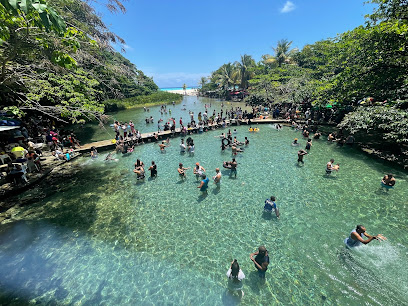
Barahona Malecón
Experience the vibrant culture and breathtaking views at Barahona Malecón, a must-visit coastal promenade in the Dominican Republic.
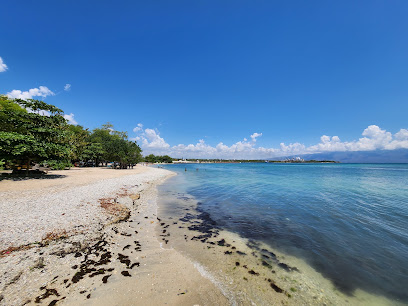
San Rafael Beach
Discover the pristine sands and crystal-clear waters of San Rafael Beach, a Caribbean gem perfect for relaxation and adventure in the Dominican Republic.

Balneario Villa Miriam
Discover the perfect blend of delectable burgers and family fun at Balneario Villa Miriam, a must-visit destination in the Dominican Republic.
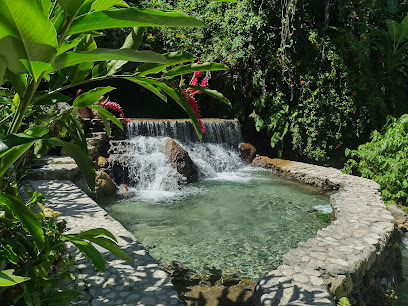
Barahona Central Park
Discover the lush greenery and lively atmosphere of Barahona Central Park, a serene oasis in the heart of the Dominican Republic.
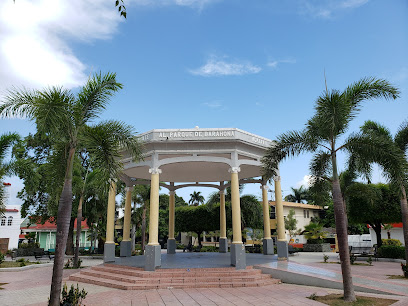
Quemaito Beach
Experience the tranquil charm of Quemaito Beach, a pristine coastal paradise perfect for relaxation, adventure, and breathtaking sunsets in the Dominican Republic.
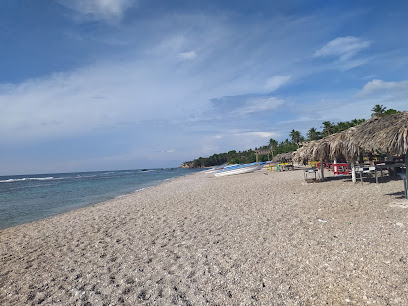
Fidel Cafe Corner
Discover the heart of Barahona's coffee culture at Fidel Cafe Corner, where every cup tells a story of local tradition and flavor.

Casa Bonita Tropical Lodge
Discover the natural beauty and luxurious comfort of Casa Bonita Tropical Lodge in the Dominican Republic, where relaxation meets adventure.

Restaurante Foodtopia
Discover the vibrant flavors of Dominican cuisine and international dishes at Restaurante Foodtopia, Barahona's culinary hotspot.
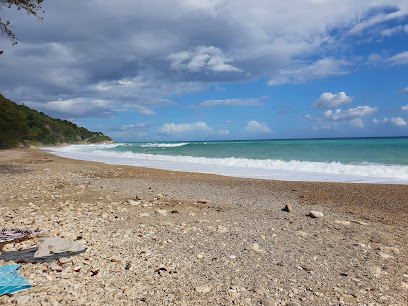
Playa Los Patos
Experience the tranquil beauty of Playa Los Patos, a hidden beach paradise in the Dominican Republic, perfect for relaxation and adventure.
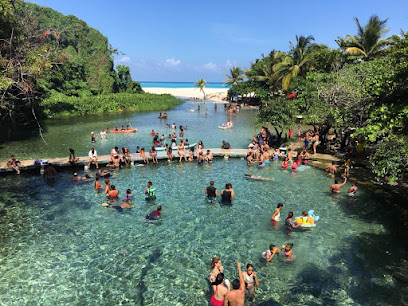
Balneario Mata de Maiz
Discover the enchanting beauty of Balneario Mata de Maiz, a tropical paradise in the Dominican Republic perfect for relaxation and adventure.
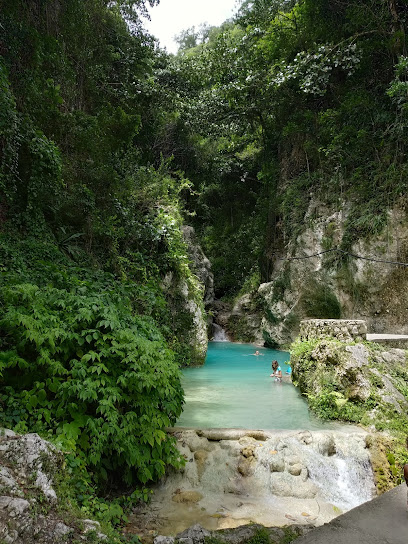
Playa San Rafael
Experience the excitement and beauty of Playa San Rafael, a premier beach volleyball court in the Dominican Republic, blending sport with stunning coastal views.
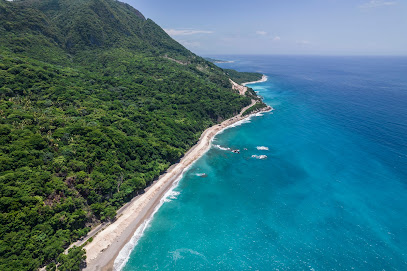
Escuela Taller y Museo Larimar
Explore the unique artistry and cultural significance of larimar at Escuela Taller y Museo Larimar in the Dominican Republic.
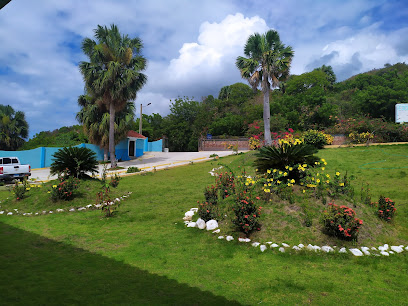
Hotel El Cacique
Experience comfort and local charm at Hotel El Cacique, your perfect retreat to explore the beauty of Barahona in the Dominican Republic.

Villa Estela Park
Explore the serene landscapes of Villa Estela Park in Barahona, a tranquil haven perfect for relaxation and family adventures in the Dominican Republic.
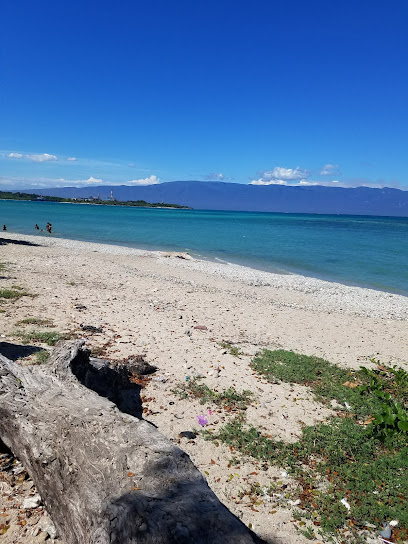
Unmissable attractions to see
Balneario Los Patos
Experience the tranquility and natural beauty of Balneario Los Patos, a hidden gem on the Dominican Republic's southern coast.
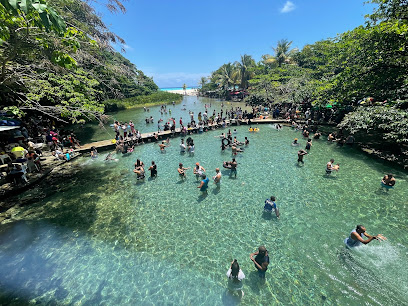
Barahona Malecón
Discover the stunning Barahona Malecón, a vibrant seaside promenade perfect for relaxing, dining, and enjoying breathtaking Caribbean views.
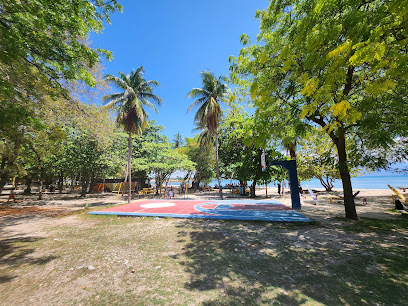
Barahona Central Park
Experience the tranquility of Barahona Central Park, a lush urban oasis perfect for relaxation, family outings, and cultural exploration in the heart of Barahona.
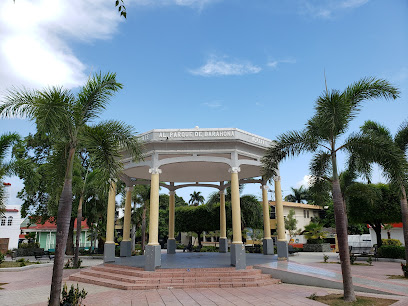
Parador Fotográfico - Barahona
Experience stunning panoramic views of the Caribbean coastline at Parador Fotográfico, the ultimate observation deck in Barahona, Dominican Republic.
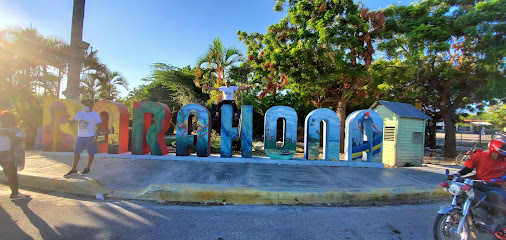
Villa Estela Park
Experience the natural beauty and tranquility of Villa Estela Park in Barahona, a perfect spot for relaxation and recreation amidst lush landscapes.
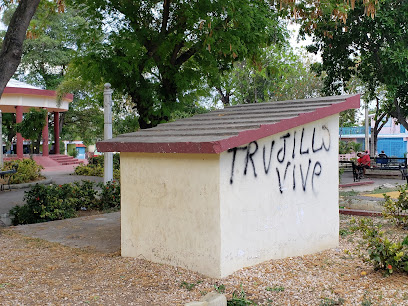
PARADOR FOTOGRAFICO BARAHONA
Experience breathtaking views and capture unforgettable moments at the iconic Parador Fotográfico Barahona, a must-visit destination for tourists.
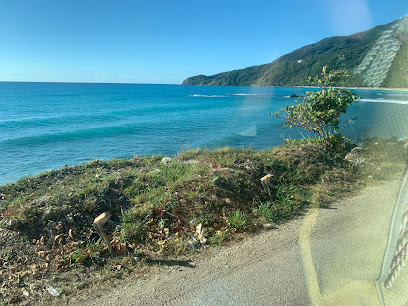
Infantil, Educativo y Turístico de Barahona Park
Explore the vibrant Infantil, Educativo y Turístico de Barahona Park, a perfect blend of education and fun in the heart of Barahona.
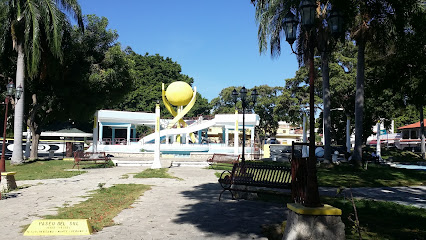
Parquesito 2 del Invi-Cea
Explore the tranquil Parquesito 2 del Invi-Cea in Barahona, a serene park perfect for relaxation, picnics, and enjoying nature in the Dominican Republic.
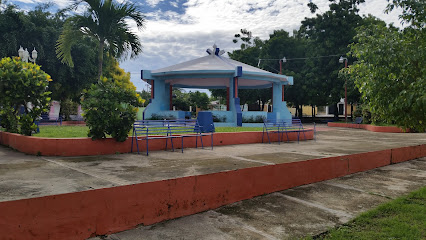
Balneario Los Pocitos
Experience the tranquil beauty and vibrant culture of Balneario Los Pocitos, a tropical paradise in the Dominican Republic that captivates every traveler.
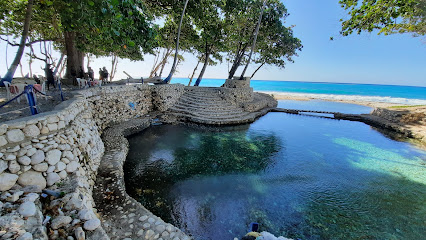
Parque Maria Montez
Explore the natural beauty and cultural charm of Parque Maria Montez, a serene park in the heart of Barahona, Dominican Republic.
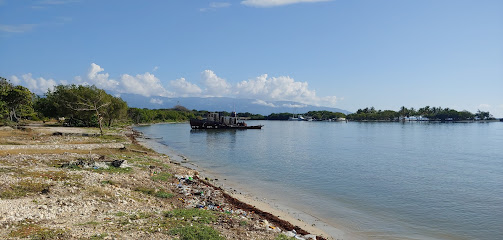
Eco Ruta del Bahoruco RD
Explore the Eco Ruta del Bahoruco, a stunning natural wonder in the Dominican Republic, offering breathtaking landscapes and diverse wildlife experiences.
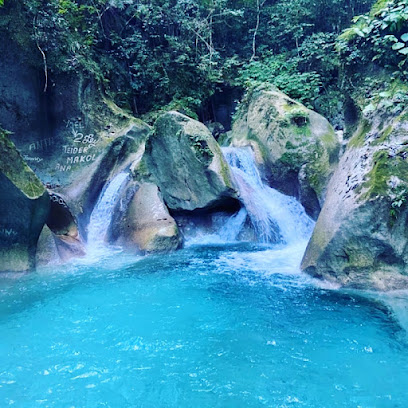
Alto Velo Park
Experience the tranquility of Alto Velo Park in Barahona, a scenic oasis perfect for relaxation and outdoor activities amidst lush landscapes.

Cabeza del Rio Biran
Explore the rich biodiversity and serene landscapes at Cabeza del Rio Biran, a premier wildlife park in Barahona, Dominican Republic.
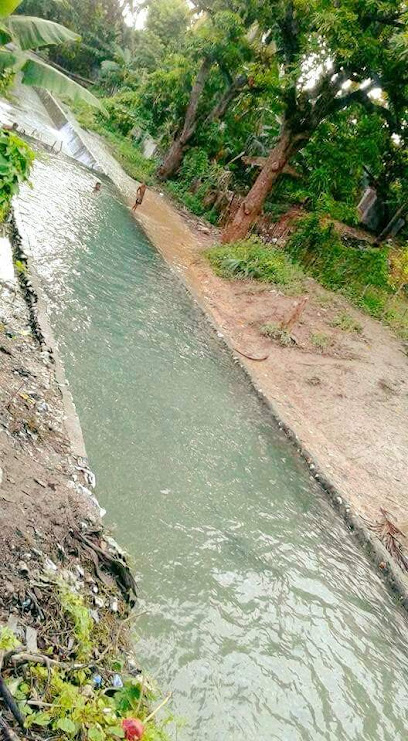
Los Patos
Explore the serene beaches and vibrant marine life of Los Patos, a hidden gem on the Dominican Republic's southern coast.
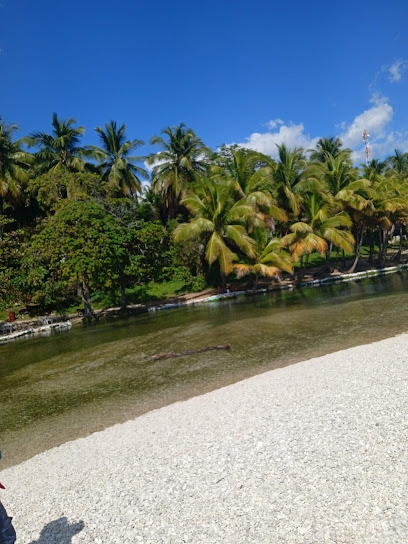
Skatepark Barahona
Experience the thrill of skateboarding at Skatepark Barahona, a vibrant hub for skaters in the beautiful coastal city of Barahona, Dominican Republic.
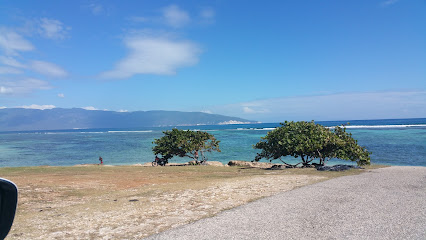
Essential places to dine
Restaurante Brisas Del Caribe
Discover authentic Caribbean cuisine at Restaurante Brisas Del Caribe in Barahona - where fresh seafood meets vibrant local flavors.
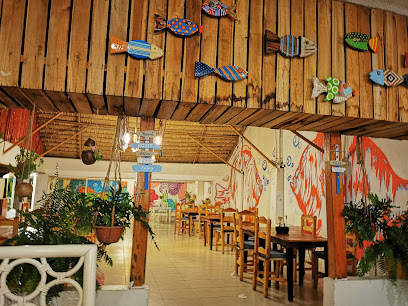
Restaurante Foodtopia
Experience the vibrant culinary scene of Barahona at Restaurante Foodtopia - where local flavors meet international cuisine.
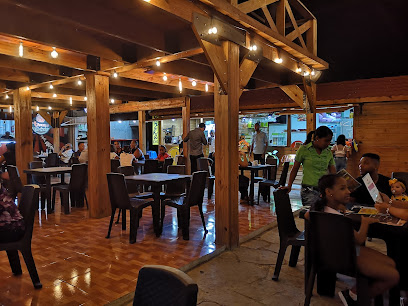
Hotel Restaurant Maria Montez
Discover authentic Dominican flavors at Hotel Restaurant Maria Montez in Barahona – where comfort meets culinary excellence.

Restaurante Delicias Marinas
Discover exquisite seafood at Restaurante Delicias Marinas in Barahona - where every dish celebrates local flavors and fresh ingredients.
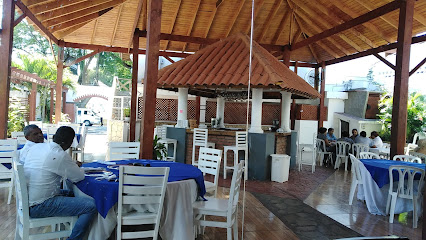
Pala Pizza
Experience authentic Italian cuisine at Pala Pizza in Barahona - where delicious wood-fired pizzas meet vibrant Caribbean hospitality.
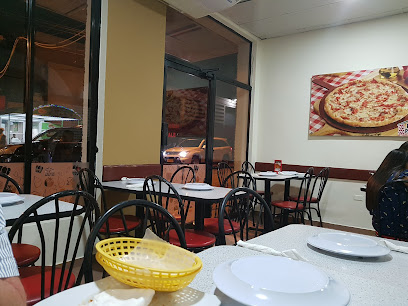
Wacinguey
Experience the best of Dominican grilling at Wacinguey in Barahona - where flavors meet vibrant atmosphere!
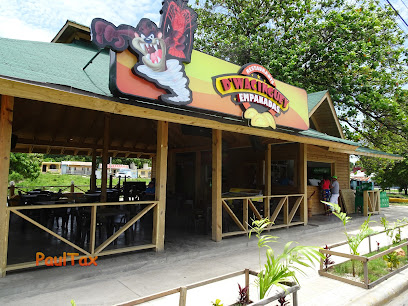
Pizza Express
Experience authentic Italian pizza with breathtaking coastal views at Pizza Express in Barahona.
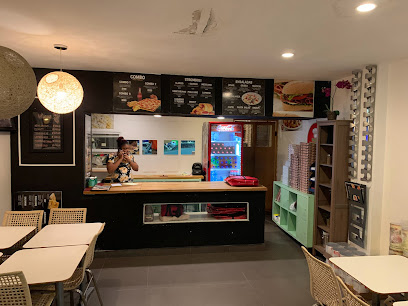
Restaurant La Roca
Experience authentic Dominican flavors at Restaurant La Roca in Barahona – where culinary excellence meets vibrant atmosphere.
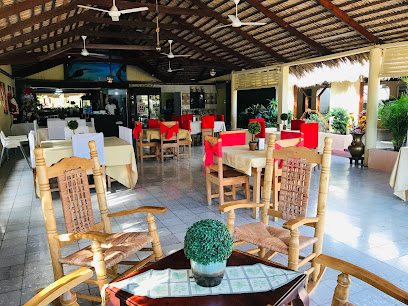
RESTAURANTE PIZZACELI
Experience delightful Dominican cuisine at Restaurante Pizzaceli – where local flavors meet international flair in Barahona.
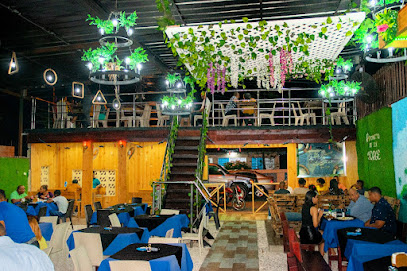
La Casona Barahona
Experience authentic Dominican flavors at La Casona Barahona - where every dish tells a story.
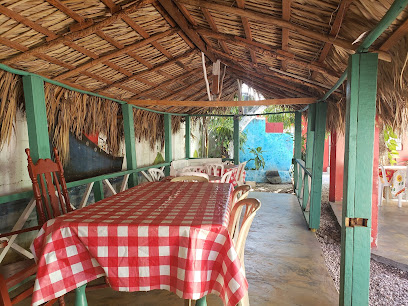
D' Sairy Grill
Experience authentic Dominican cuisine at D' Sairy Grill in Barahona, where delightful flavors meet warm hospitality.
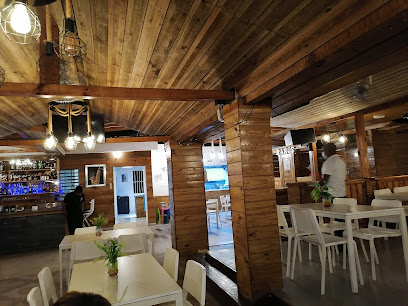
Restaurante Don Manuel
Experience authentic Dominican flavors at Restaurante Don Manuel in Barahona—where every dish tells a story.

Patricia Express
Discover the flavors of the Dominican Republic at Patricia Express – where every dish tells a story.
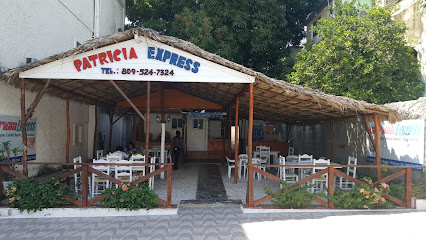
Mezón Tropical
Experience authentic Dominican flavors at Mezón Tropical in Barahona – where every dish celebrates the vibrant culture and cuisine of the tropics.
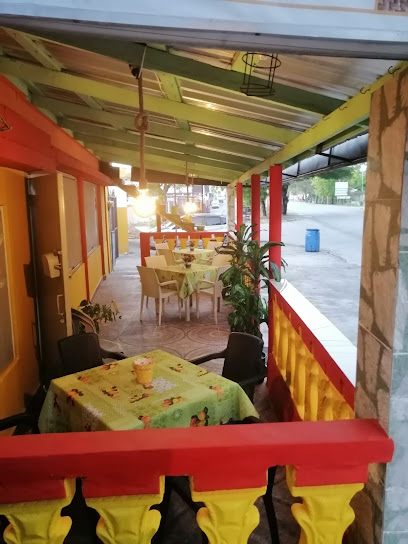
La Perla del Sur
Experience authentic Dominican flavors at La Perla del Sur, where every meal tells a story amidst the vibrant culture of Barahona.
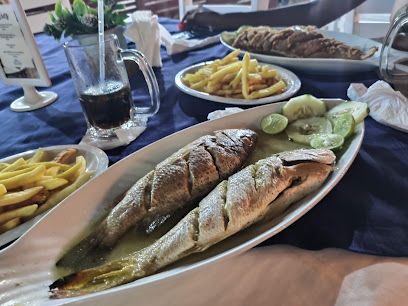
Markets, malls and hidden boutiques
Liquor Store
Discover the essence of Barahona through its local liquor store, offering a diverse range of spirits, wines, and beers for every taste.
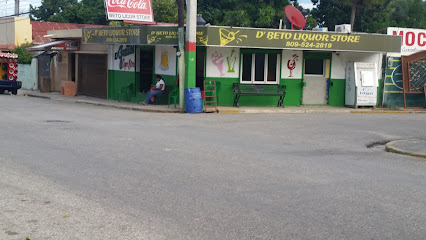
Tienda Jacobo
Explore the vibrant fashion scene at Tienda Jacobo in Barahona, where local culture meets contemporary style.
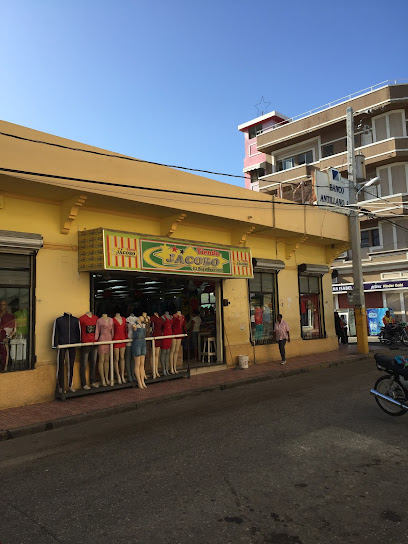
D'Estela import
Discover the vibrant fashion scene at D'Estela Import in Barahona, where local style meets diverse clothing options for every taste.
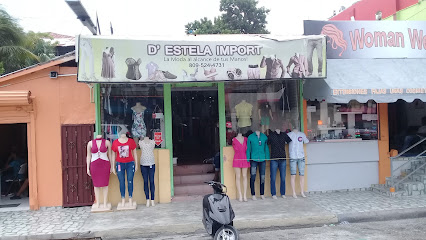
La Casa del Larimar
Discover the exquisite beauty of larimar at La Casa del Larimar, Barahona's premier destination for unique jewelry crafted from the island's rare blue stone.
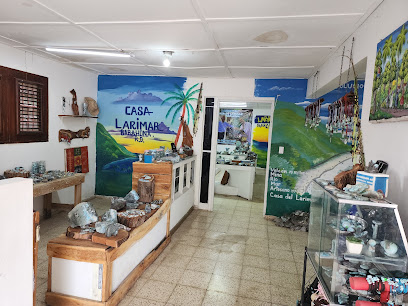
D' Lissy Tienda
Explore the vibrant styles of D' Lissy Tienda in Barahona, where local culture meets trendy fashion in a unique shopping experience.

Fina's Fashion Store
Explore unique fashion at Fina's Fashion Store in Barahona, offering stylish clothing that captures the essence of local Dominican culture.
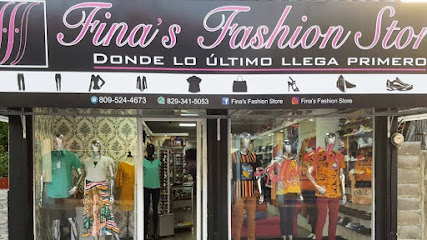
Liss Closet
Explore unique fashion and vibrant local styles at Liss Closet, a premier clothing store in Barahona, Dominican Republic.

Importadora Segunda De Barahona
Explore unique fashion at Importadora Segunda De Barahona, the go-to clothing store in Barahona for stylish and affordable attire.
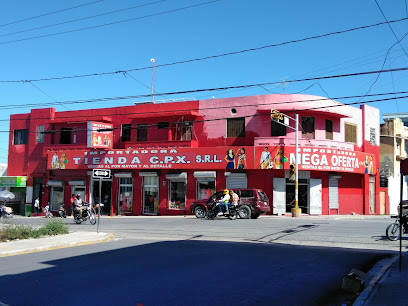
Importadora
Explore Importadora in Barahona for unique home goods that reflect the local culture and craftsmanship of the Dominican Republic.
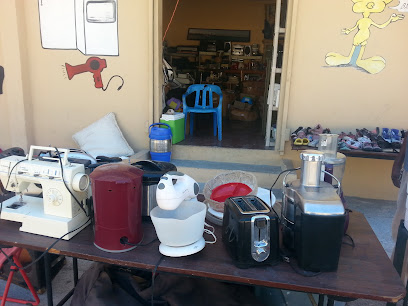
Tienda Nasub
Explore Barahona's vibrant fashion scene at Tienda Nasub, where local style meets contemporary trends in an inviting atmosphere.
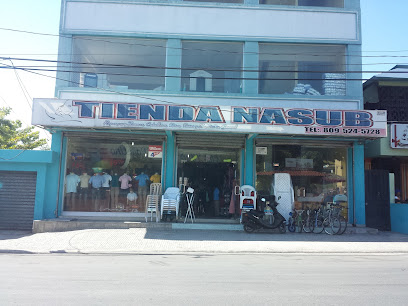
Tienda Esdra
Discover the vibrant styles of Tienda Esdra in Barahona, where local fashion meets exceptional service for an unforgettable shopping experience.
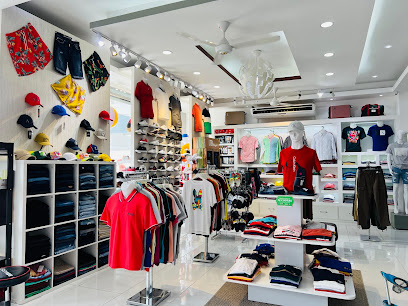
Capricho
Discover Capricho, Barahona's vibrant clothing store offering unique apparel that blends local culture with contemporary fashion.

D' Reiniita Shop
Discover the vibrant culture of the Dominican Republic at D' Reiniita Shop, offering unique handcrafted home goods and local artistry in Barahona.

Mercado (Ropa De Paca).
Explore Mercado (Ropa De Paca) in Barahona for unique thrifted clothing and a taste of authentic Dominican culture.
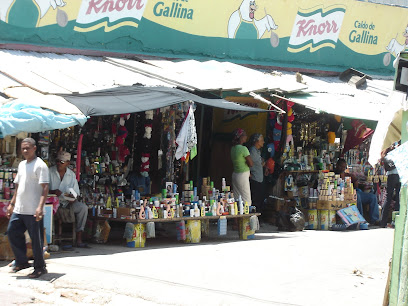
El Baraton De Barahona
Explore El Baraton De Barahona, a vibrant clothing store offering unique Dominican styles and local craftsmanship in the heart of Barahona.
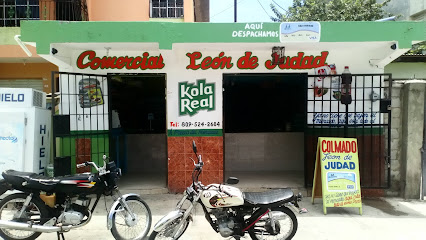
Essential bars & hidden hideouts
The Big Tree Sport Bar
Experience the vibrant nightlife of Barahona at The Big Tree Sport Bar, where delicious drinks and lively entertainment await every visitor.
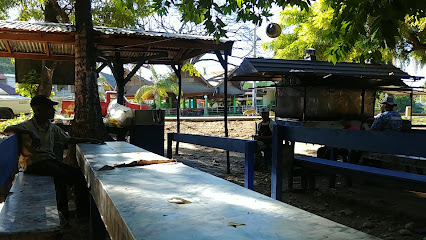
Bar José Video
Experience the essence of Dominican nightlife at Bar José Video, a vibrant bar in Barahona with refreshing drinks and lively entertainment.
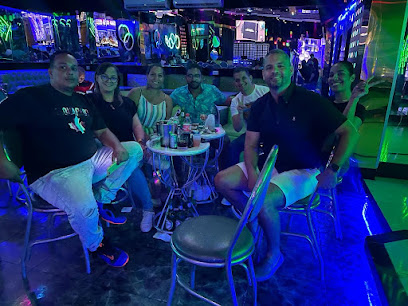
D' Pillay Full Drink
Experience the vibrant nightlife at D' Pillay Full Drink in Barahona, where delightful drinks and friendly vibes await every visitor.
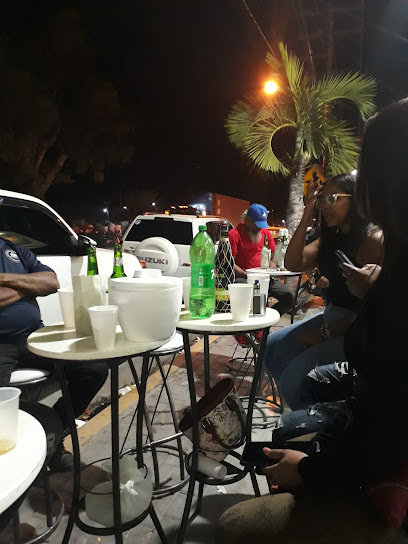
Ron Tyme Liquor
Experience the lively ambiance and local flavors at Ron Tyme Liquor, a must-visit bar in Barahona, Dominican Republic.

Escandalo Sport Drink
Experience the vibrant nightlife of Barahona at Escandalo Sport Drink, where great drinks and friendly vibes come together in a lively atmosphere.
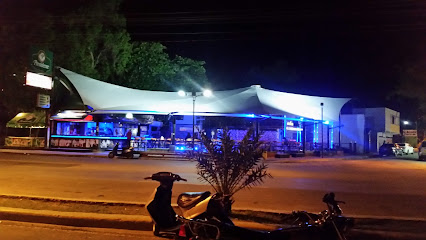
Billar La Casita
Experience the vibrant local culture at Billar La Casita, a lively bar in Barahona, offering refreshing drinks and authentic Dominican ambiance.
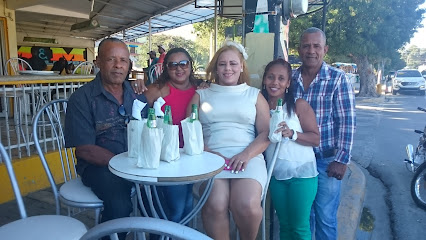
2 Borrachos Sport Bar & Billar
Unwind at 2 Borrachos Sport Bar & Billar, the perfect spot in Barahona for drinks, billiards, and vibrant nightlife.
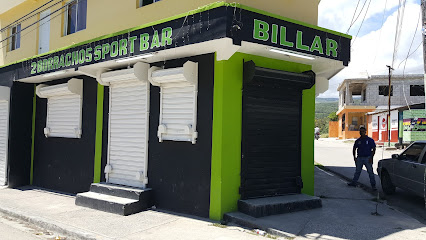
Cold Drink
Experience the lively ambiance of Cold Drink in Barahona, where refreshing drinks meet local culture in an inviting atmosphere.
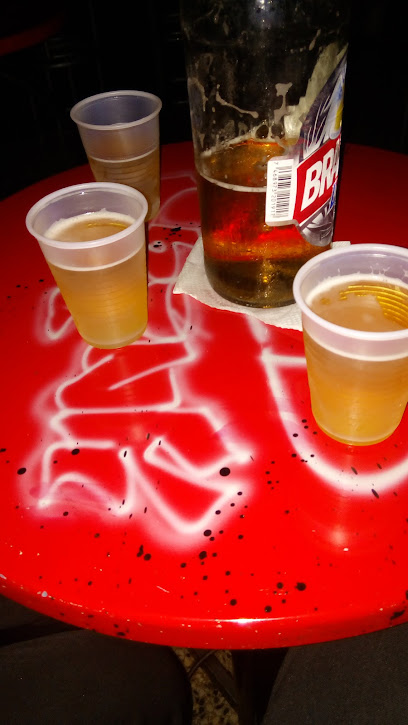
D'lazala Drink & Billar
Discover the lively charm of D'lazala Drink & Billar in Barahona – where refreshing drinks and billiards meet local culture.
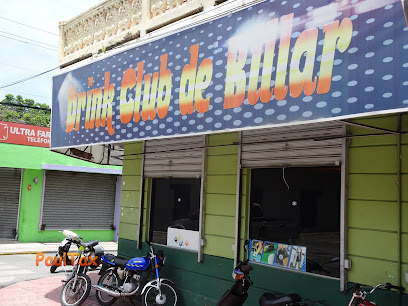
MYX Terraza Bar
Discover Barahona’s nightlife at MYX Terraza Bar, where vibrant cocktails meet stunning views and lively entertainment.

Masrur'BAR Drink
Experience the vibrant nightlife at Masrur'BAR in Barahona, where delicious drinks and a welcoming atmosphere await you.

POMPOSO DRINK
Discover the vibrant nightlife of Barahona at Pomposo Drink, where refreshing cocktails and local flavor meet in a lively atmosphere.
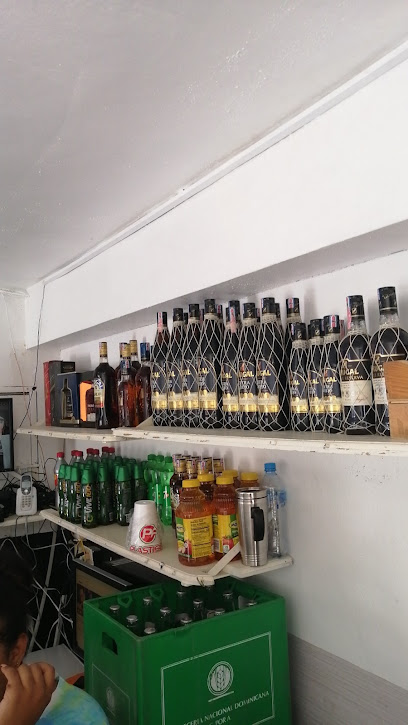
Bar Sonia
Discover Bar Sonia in Barahona, where vibrant nightlife and local culture meet for an unforgettable experience filled with refreshing drinks and friendly faces.

Drink Tu y Yo
Experience the vibrant nightlife of Barahona at Drink Tu y Yo, where refreshing drinks and lively atmosphere await you.
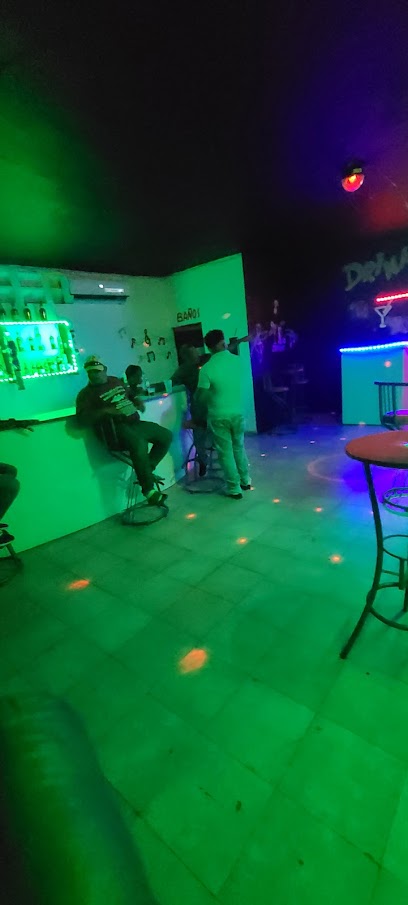
La esquina del mago
Experience the vibrant nightlife of Barahona at La Esquina del Mago, where unique cocktails and a lively atmosphere await every visitor.

Local Phrases about Barahona
-
- HelloHola
[oh-lah] - GoodbyeAdiós
[ah-dee-ohs] - YesSí
[see] - NoNo
[noh] - Please/You're welcomePor favor/De nada
[por fah-vor/deh nah-dah] - Thank youGracias
[grah-see-ahs] - Excuse me/SorryDisculpe/Lo siento
[dee-skool-peh/loh see-ehn-toh] - How are you?¿Cómo estás?
[koh-moh ehs-tahs] - Fine. And you?Bien. ¿Y tú?
[byehn. ee too] - Do you speak English?¿Hablas inglés?
[ah-blahs een-glehs] - I don't understandNo entiendo
[noh ehn-tyen-doh]
- HelloHola
-
- I'd like to see the menu, pleaseMe gustaría ver el menú, por favor
[meh goos-tah-ree-ah vehr ehl meh-noo, por fah-vor] - I don't eat meatNo como carne
[noh koh-moh kahr-neh] - Cheers!¡Salud!
[sah-lood] - I would like to pay, pleaseMe gustaría pagar, por favor
[meh goos-tah-ree-ah pah-gahr, por fah-vor]
- I'd like to see the menu, pleaseMe gustaría ver el menú, por favor
-
- Help!¡Ayuda!
[ah-yoo-dah] - Go away!¡Vete!
[veh-teh] - Call the Police!¡Llama a la policía!
[yah-mah ah lah poh-lee-see-ah] - Call a doctor!¡Llama a un médico!
[yah-mah ah oon meh-dee-koh] - I'm lostEstoy perdido
[ehs-toy pehr-dee-doh] - I'm illEstoy enfermo
[ehs-toy ehn-fehr-moh]
- Help!¡Ayuda!
-
- I'd like to buy...Me gustaría comprar...
[meh goos-tah-ree-ah kohm-prahr] - I'm just lookingSólo estoy mirando
[soh-loh ehs-toy meer-ahn-doh] - How much is it?¿Cuánto cuesta?
[kwan-toh kwehs-tah] - That's too expensiveEsto es demasiado caro
[ehs-toh ehs deh-mah-see-ah-doh kah-roh] - Can you lower the price?¿Puede rebajar el precio?
[pweh-deh reh-bah-har ehl pree-seh-oh]
- I'd like to buy...Me gustaría comprar...
-
- What time is it?¿Qué hora es?
[keh oh-rah ehs] - It's one o'clockEs la una en punto
[ehs lah oo-nah ehn poon-toh] - Half past (10)Media hora (10)
[meh-dee-ah oh-rah (diez)] - MorningMañana
[mah-nyah-nah] - AfternoonTarde
[tahr-deh] - EveningNoche
[noh-cheh] - YesterdayAyer
[ah-yehr] - TodayHoy
[oy] - TomorrowMañana
[mah-nyah-nah] - 1Uno
[oo-noh] - 2Dos
[dohs] - 3Tres
[trehs] - 4Cuatro
[kwah-troh] - 5Cinco
[seen-koh] - 6Seis
[says] - 7Siete
[see-eh-teh] - 8Ocho
[oh-choh] - 9Nueve
[nweh-veh] - 10Diez
[dee-ehs]
- What time is it?¿Qué hora es?
-
- Where's a/the...?¿Dónde está...?
[dohn-deh ehs-tah] - What's the address?¿Cuál es la dirección?
[kwal ehs lah dee-rehk-syohn] - Can you show me (on the map)?¿Puede mostrarme (en el mapa)?
[pweh-deh mohs-trar-meh (ehn ehl mah-pah)] - When's the next (bus)?¿Cuándo es el próximo (autobús)?
[kwan-doh ehs ehl proh-ksee-moh (ow-toh-boos)] - A ticket (to ....)Un boleto (para ...)
[oon boh-leh-toh (pah-rah)]
- Where's a/the...?¿Dónde está...?
History of Barahona
-
Before the arrival of Europeans, the area now known as Barahona was inhabited by the Taíno people. This indigenous group was known for their advanced agricultural practices, social organization, and intricate pottery. They called this region 'Bohoruco,' which later evolved into Barahona.
-
Barahona's history during the colonial period is deeply intertwined with the establishment of sugar plantations and the exploitation of indigenous and African slave labor. The region became a significant part of the Spanish colony, contributing to the global sugar trade.
-
From 1822 to 1844, Barahona, like the rest of the Dominican Republic, was under Haitian rule. This period was marked by significant cultural exchange and conflict, as the Haitian government implemented policies aimed at unifying the island under one administration.
-
After gaining independence from Haiti in 1844, Barahona began to develop its own identity within the newly established Dominican Republic. The region saw an increase in agricultural production, particularly in coffee and sugar, which fueled economic growth.
-
The 20th century brought significant infrastructural development to Barahona, including the construction of roads and the expansion of the port. These developments enhanced trade and communication, making Barahona a vital economic hub in the southwestern Dominican Republic.
-
In recent years, Barahona has become a focal point for ecotourism, thanks to its stunning natural landscapes, such as the Sierra de Bahoruco and Lake Enriquillo. Efforts to preserve its biodiversity and promote sustainable tourism have made it a popular destination for nature enthusiasts.
-
Barahona is known for its vibrant cultural festivals, including the Carnaval de Barahona. These events celebrate the region's rich heritage through music, dance, and traditional costumes, providing a deep insight into the local culture and community spirit.
Barahona Essentials
-
Barahona is accessible via several routes. The closest international airport is Las Américas International Airport (SDQ) in Santo Domingo, approximately 190 kilometers away. From Santo Domingo, you can take a bus from the Caribe Tours bus station, which offers direct services to Barahona. The journey by bus typically takes around 3 to 4 hours. Alternatively, you can rent a car and drive, enjoying the scenic route along the southwestern coast of the Dominican Republic.
-
Once in Barahona, you have several transportation options. Local taxis and motoconchos (motorcycle taxis) are widely available and provide an efficient way to get around the city. Public minibuses, known as guaguas, operate on fixed routes and are an economical option for travel within Barahona and nearby areas. For greater flexibility, consider renting a car to explore the beautiful beaches and nature reserves at your own pace.
-
The official currency in the Dominican Republic is the Dominican Peso (DOP). Credit and debit cards are accepted in most hotels, restaurants, and larger shops, but it is advisable to carry cash for smaller establishments, street vendors, and rural areas. ATMs are available throughout Barahona, but ensure you have enough cash on hand before heading to remote locations. It's also wise to inform your bank of your travel plans to avoid any issues with card transactions.
-
Barahona is generally safe for tourists, but it's important to remain vigilant. Avoid walking alone at night, especially in poorly lit areas. Petty theft, such as pickpocketing, can occur in crowded places, so keep your belongings secure. Areas such as Villa Estela and La Raqueta have higher crime rates; exercise caution if you need to visit these neighborhoods. Stick to well-known tourist areas and consider using a reputable tour guide for excursions.
-
In case of emergency, dial 911 for immediate assistance. Barahona has local police stations and medical facilities, including the Jaime Mota Regional University Hospital. Ensure you have travel insurance that covers medical emergencies. Pharmacies can be found throughout the city for minor health concerns. It's also a good idea to have a list of emergency contacts, including your country's embassy or consulate.
-
Fashion: Do dress modestly, especially when visiting religious sites and rural areas. Avoid wearing overly revealing clothing. Religion: Do respect local religious practices. When visiting churches, dress conservatively and be quiet and respectful. Public Transport: Do be courteous to fellow passengers and offer your seat to elderly individuals. Avoid eating or drinking on public transport. Greetings: Do greet people with a handshake and a warm smile. A simple 'Hola' or 'Buenas' is appreciated. Eating & Drinking: Do try local dishes and accept food offerings graciously. Don't refuse hospitality, as it may be considered rude.
-
To experience Barahona like a local, visit the bustling markets such as the Mercado Municipal, where you can buy fresh produce and local crafts. Engage with locals, who are often friendly and eager to share stories and tips about their city. Don't miss the chance to explore the beautiful beaches like Playa San Rafael and Playa Los Patos. For a unique experience, take a trip to the Bahoruco Mountain Range and visit the Larimar mines, where you can see the beautiful blue gemstone unique to the region.
Trending Landmarks in Barahona
-
Balneario Los Patos
-
Barahona Malecón
-
San Rafael Beach
-
Balneario Villa Miriam
-
Barahona Central Park
-
Quemaito Beach
-
Fidel Cafe Corner
-
Casa Bonita Tropical Lodge
-
Restaurante Foodtopia
-
Playa Los Patos
-
Balneario Mata de Maiz
-
Playa San Rafael
-
Escuela Taller y Museo Larimar
-
Hotel El Cacique
-
Villa Estela Park
Nearby Cities to Barahona
-
Things To Do in Santo Domingo
-
Things To Do in Petionville
-
Things To Do in Port-au-Prince
-
Things To Do in Hinche
-
Things To Do in Jacmel
-
Things To Do in Puerto Plata
-
Things To Do in Saint-Marc
-
Things To Do in Cap-Haïtien
-
Things To Do in Gonaïves
-
Things To Do in Samana
-
Things To Do in La Romana
-
Things To Do in Bayahibe
-
Things To Do in Les Cayes
-
Things To Do in Punta Cana
-
Things To Do in Jérémie







